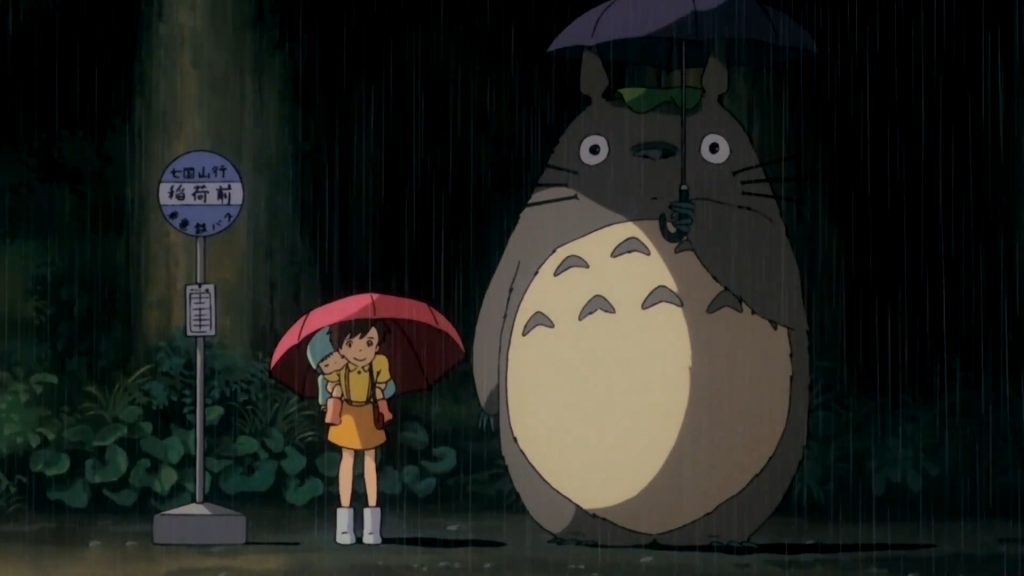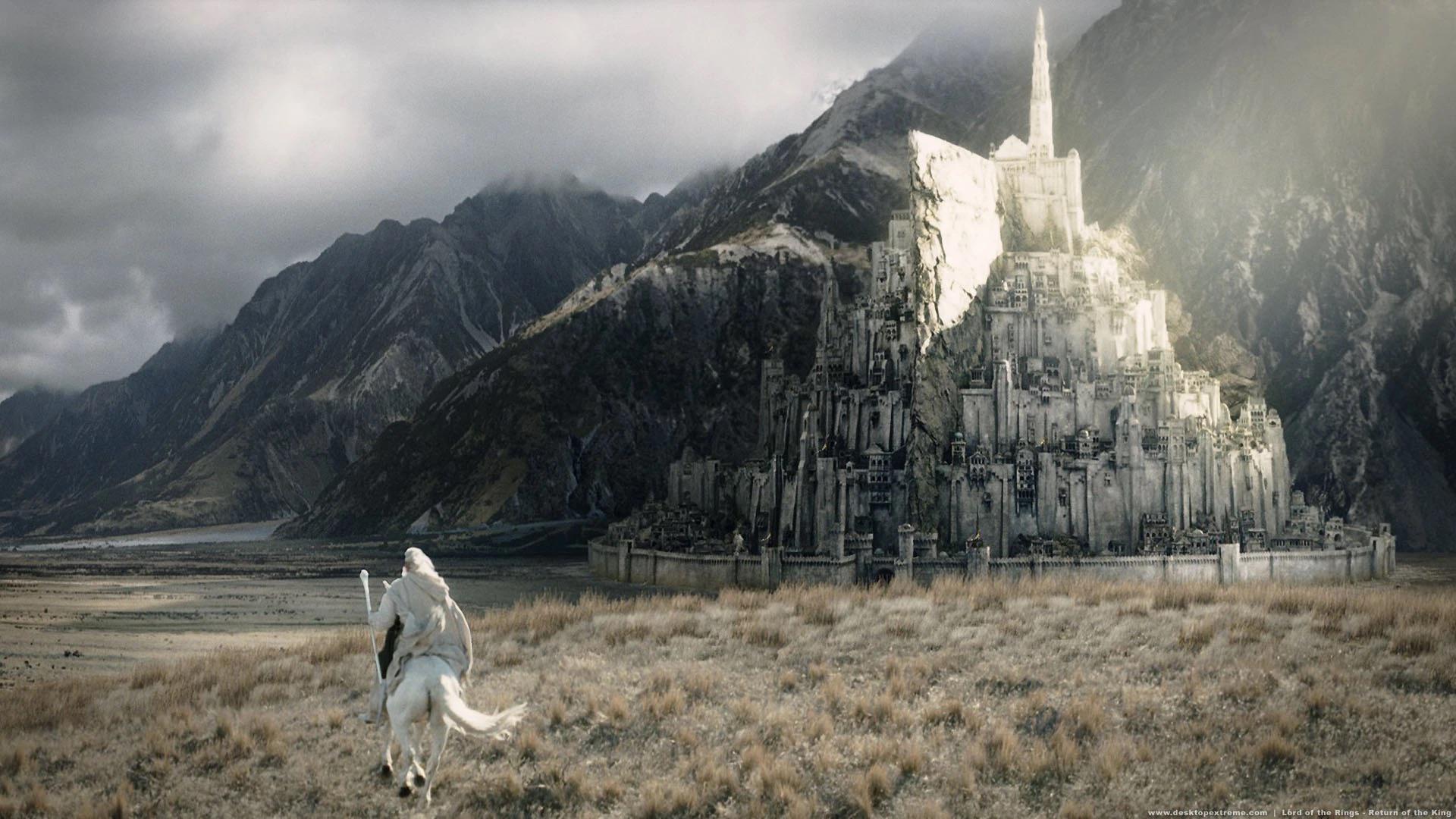What is an establishing shot, and why do you need one? We answer these questions and more.
With an establishing shot, filmmakers set the scene and tone, and they provide geographical context to the audience. It’s one of the most useful shots in a filmmaker’s toolkit.
How a director kicks off a scene is similar to how a writer starts a chapter. First, you must establish the setting, allowing the viewer, or reader, a moment to understand where and when the story is taking place. In film, the shot that sets up the scene is known as an establishing shot. Whether you’re new to filmmaking or brushing up on your skills, the establishing shot is something you should be familiar with, as it’s one of the shots you’ll use most often.
Below, we’ll break down the establishing shot, explore its uses, and detail how it fits into the larger scope of filmmaking.
Why Establishing Shots Are Necessary
Like everything in filmmaking, the decision of whether or not to use something as standard as an establishing shot will depend on a number of factors. A director may choose to omit the shot to keep viewers in the dark or confuse them. However, unless there’s a specific reason not to, the establishing shot is as necessary as dialogue and scene blocking. It’s the foundation for the scene.
The establishing shot provides context to the audience, showing the location of the scene and possibly even when the story is taking place. These shots are as useful in network sitcoms as they are in summer blockbusters because, without them, audiences would have no clue as to what’s going on unless it was told to them.
Breakdown of the Establishing Shot
Establishing shots are not rigid. In fact, there are very few criteria required to achieve a functional establishing shot. Below are a few of those criteria.
Wide: establishing shots are most frequently shot with wide angles for a few reasons. First, the wide-angle allows for shots that can capture entire landscapes or city skylines. Think of establishing shots in films like The Lord of the Rings trilogy that capture the majestic beauty of the New Zealand countryside, or the shots in Blade Runner that reveal the sheer size of the futuristic city.
Short in length: establishing shots don’t need to be long. In fact, a standard establishing shot is only a few seconds long. A longer establishing shot that goes past a few seconds or even minutes is known as a master shot, which serves an entirely different purpose and is used much less frequently.
Dynamic: while establishing shots are short, they don’t have to be static. Many establishing shots make creative use of dollies, cranes, helicopters, and even drones to create dynamic shots that give viewers a more interesting view of the subject.
Reveals location: establishing shots can reveal a lot about the setting, but they are primarily used to reveal the location of the scene. Even if the film takes place in only one city, filmmakers can still use establishing shots to differentiate different parts of the city.
Reveals time: establishing shots can reveal the time of day as well. This isn’t always possible, however. An indoor establishing shot, for example, can reveal the time if there’s a window, but this isn’t always the case.
Establishing Shots Are a Narrative Tool
Aside from their functional purpose, establishing shots are a useful narrative tool that can do everything from convey the current tone of the scene to subtly revealing character motives. Take the film Force Majeure, in which a scheduled avalanche threatens to tear a family apart when the father makes for the door while leaving his family behind.
The film takes place in a ski resort, but the director makes frequent use of the establishing shot to get across the ruminative and gloomy tone the film gradually takes on. The nighttime shots of the resort, with the snow-covered mountains in the backdrop, are persistent throughout the film, with the only sound being the scheduled avalanche explosions going off in the distance. It brings viewers back to the inciting incident, setting up the heated arguments between the couple.
In genre films such as sci-fi and fantasy, establishing shots double as world-building techniques. Rather than a character delivering lore through tortuous exposition, an establishing shot can, in a few seconds, deliver the same outcome. In films like The Hunger Games, the establishing shots set up the size and different environment of the arena, and they also establish the different districts within the country of Panem. In a film like Dune, the establishing shots of the Ornithopters flying through the desert do two things: showcase the technology in this world and double down on the vastness of the Arrakis desert.

Establishing shots are equally useful in animation. One of the legends of animation, Hayao Miyazaki, is a master of the establishing shot. Though there are many to choose from, likely the most iconic one is from My Neighbor Totoro, in which the two girls stand next to a large furry creature standing under a too-tiny umbrella. It’s a ridiculous scene that sets up a humorous and lighthearted tone that carries throughout most of the film, contrasting against the rainy setting and the underlying tones of grief.
Experimenting with Establishing Shots
Establishing shots are not a one-size-fits-all solution. They can be simple and functional by providing geographical context to the audience, or they can be more creative by revealing information about the story or setting up the tone of the scene. So long as they’re not too long and make use of a wide shot, you’re free to experiment. Whether you want to use static or dynamic establishing shots, or aerial shots via a drone, there’s really no limit to your creativity, except for budget and time.
Cover image via New Line Cinema.
Looking for filmmaking tips and tricks? Check out our YouTube channel for tutorials like this . . .




